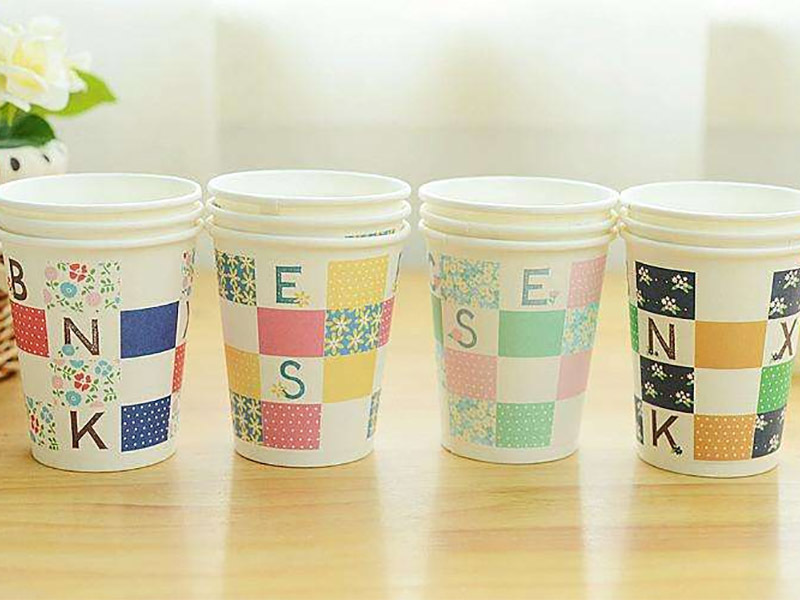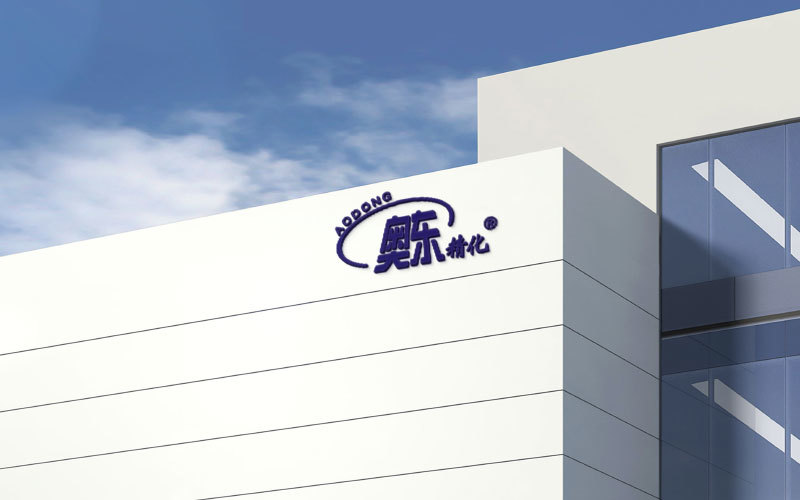03
2020
-
07
Common Production Problems and Solutions for Paper Cups
Author:
Thickness and Tightness
Adjusting thickness not only requires looking at the indicators but also paying attention to tightness. The normal tightness is between 0.72-0.73, and one cannot simply look at the thickness indicators. It is necessary to check if there is a deviation in the basis weight according to the tightness indicators, and first determine if the thickness is affected by the basis weight.
1. Adjust the pressure of the calender: The calender can be lowered to a minimum of 10 bar.
2. Adjust moisture: The higher the moisture, the lower the thickness.
3. Adjust the core pulp ratio: The larger the ratio of chemical pulp, the higher the thickness; the more waste paper, the lower the thickness; the larger the L pulp ratio, the lower the thickness. When adjusting the waste paper ratio, pay attention to the waste paper pulp pool and the pulp tower liquid level, as well as the inter-layer bonding.
Edge Water Penetration
The core layer has the greatest impact on edge water penetration. Generally, adjustments are mainly made from the core layer. If edge water penetration is too high, first check whether the addition of chemicals is normal, and then make adjustments. Factors affecting edge water penetration include:
1. pH value: Based on practical experience, the pH value between 5.2-5.6 has better results.
2. Cationic rosin glue dosage: Generally 20-25 kg/t of absolute dry pulp, an anionic rosin sizing agent can also be used.
3. Wet strength agent: The general dosage is 5 kg/t of absolute dry pulp.
4. Whether the pH value of the pulp is within the normal range.
5. Whether the retention rate and the amount of retention aid added are normal.
Inter-layer Bonding
Inter-layer bonding is also a very important indicator for cup paper, normally achieving above 140. If inter-layer bonding is too high, it indicates that there is room for cost reduction, and the amount of filler can be increased to prevent quality surplus. Factors that significantly affect inter-layer bonding include:
1. Filler dosage: The larger the filler dosage, the lower the inter-layer bonding strength.
2. Cationic starch and spraying starch can provide better bonding between fibers, but cationic starch can only be added up to 1% of the pulp.
3. Incoming cylinder moisture: The higher the incoming cylinder moisture, the worse the inter-layer bonding strength.
4. Incoming pressing moisture: The higher the incoming pressing moisture, the more starch will be lost with the water expelled during pressing.
5. Waste paper ratio: The lower the freeness of the waste paper, the better the inter-layer bonding strength with a larger amount of waste paper added, but increasing waste paper must pay attention to thickness.
6. Freeness of the pulp: The higher the freeness, the smaller the specific surface area of the fibers, thus the worse the inter-layer bonding strength.
Ash Content
Ash content mainly reflects on cost; the lower the ash content, the higher the cost. The ash content indicator should be above 10%. Factors affecting ash content include: retention rate and filler dosage.
Dust Spots and Debris
When there are many dust spots and debris, first determine which layer the dust spots come from and what they are. You can soak the paper sample in boiling water, layer it, and then determine whether it is from the surface, inter-layer, or which layer, and what the substance is. Only by doing this can a direction for investigation be determined; if the direction is unclear, it will lead to inefficiency.
1. Whether the sand remover is clogged and whether the pressure difference is abnormal: A clogged sand remover will cause untreated pulp to enter the good pulp, and abnormal pressure and pressure difference will lead to poor sand removal effect. The incoming pulp pressure for the sand remover should be in the range of 2.5-3.0 kg, and the pressure difference should be in the range of 1.0-1.5 kg.
2. Surface debris and dust can be checked at the dryer, guide rollers, calender, sizing machine, and light pressure positions, as well as checking places where debris may fall onto the paper surface.

Related news
Inquiry






